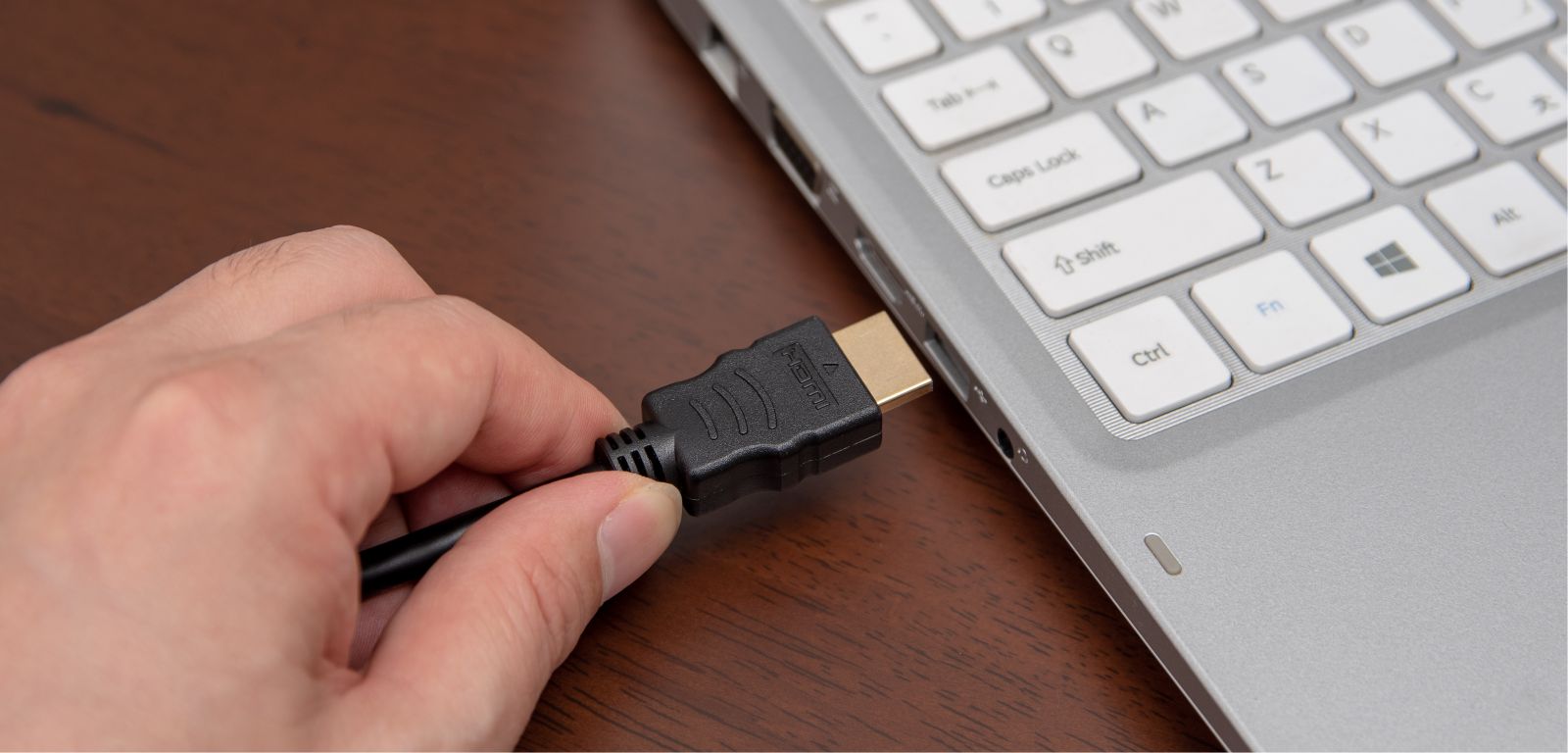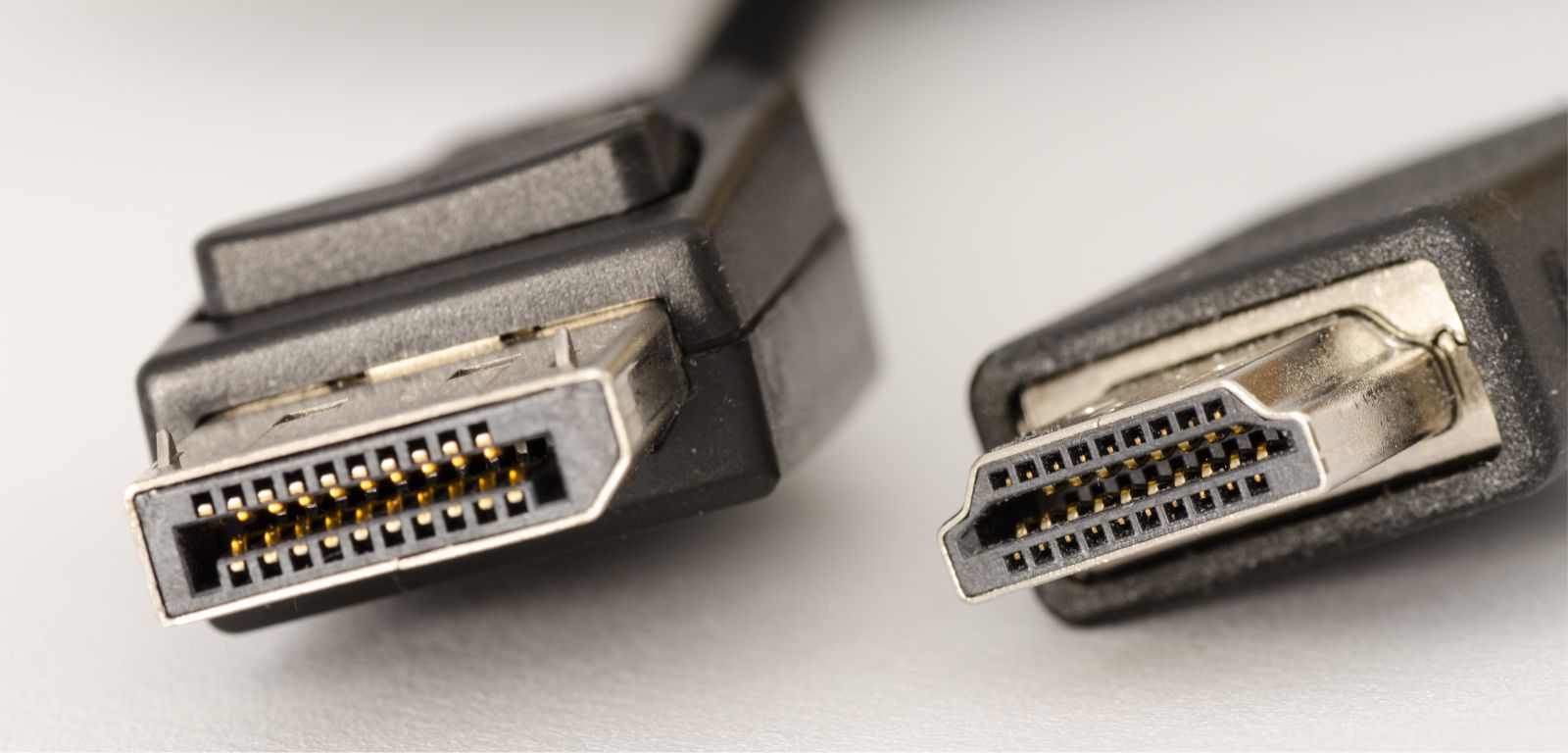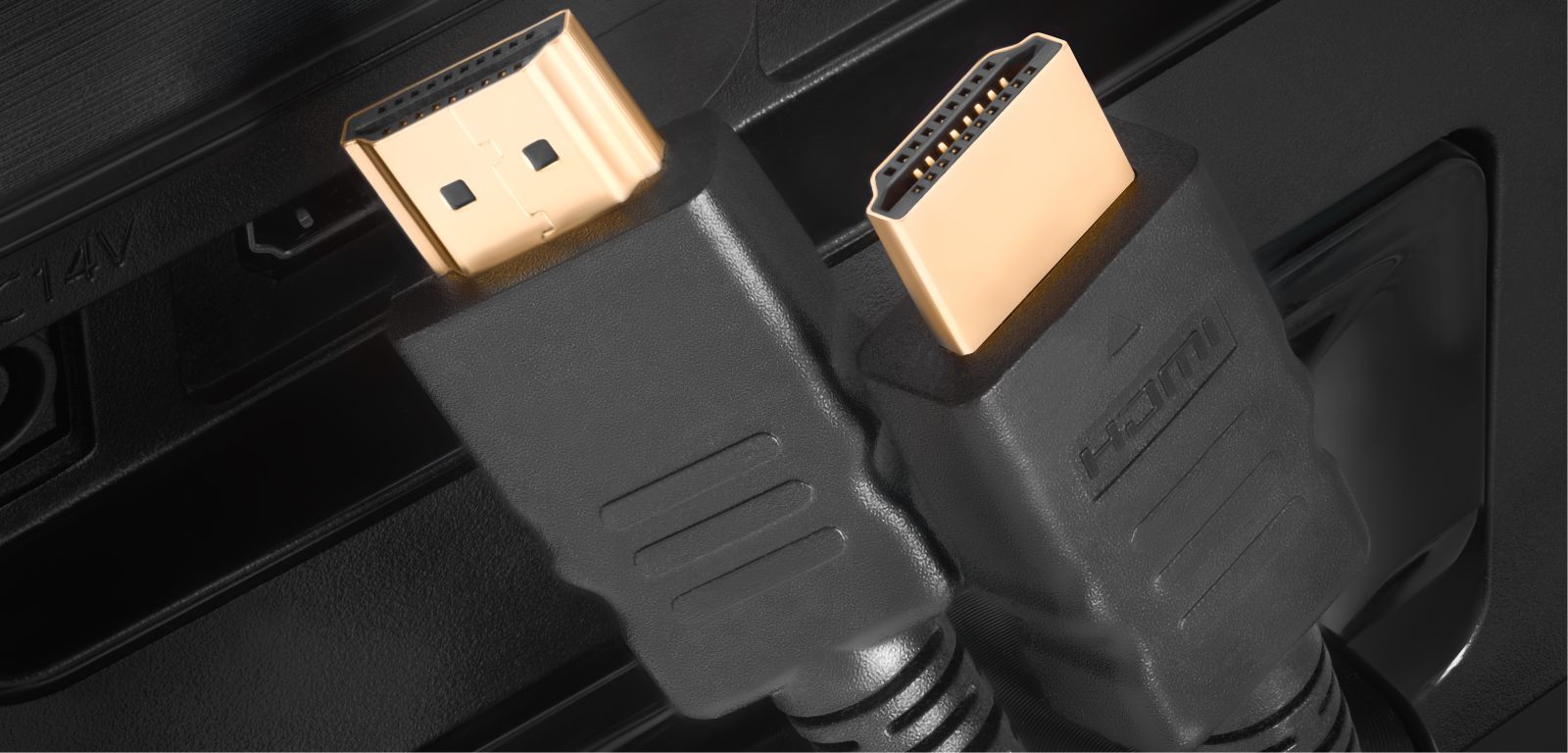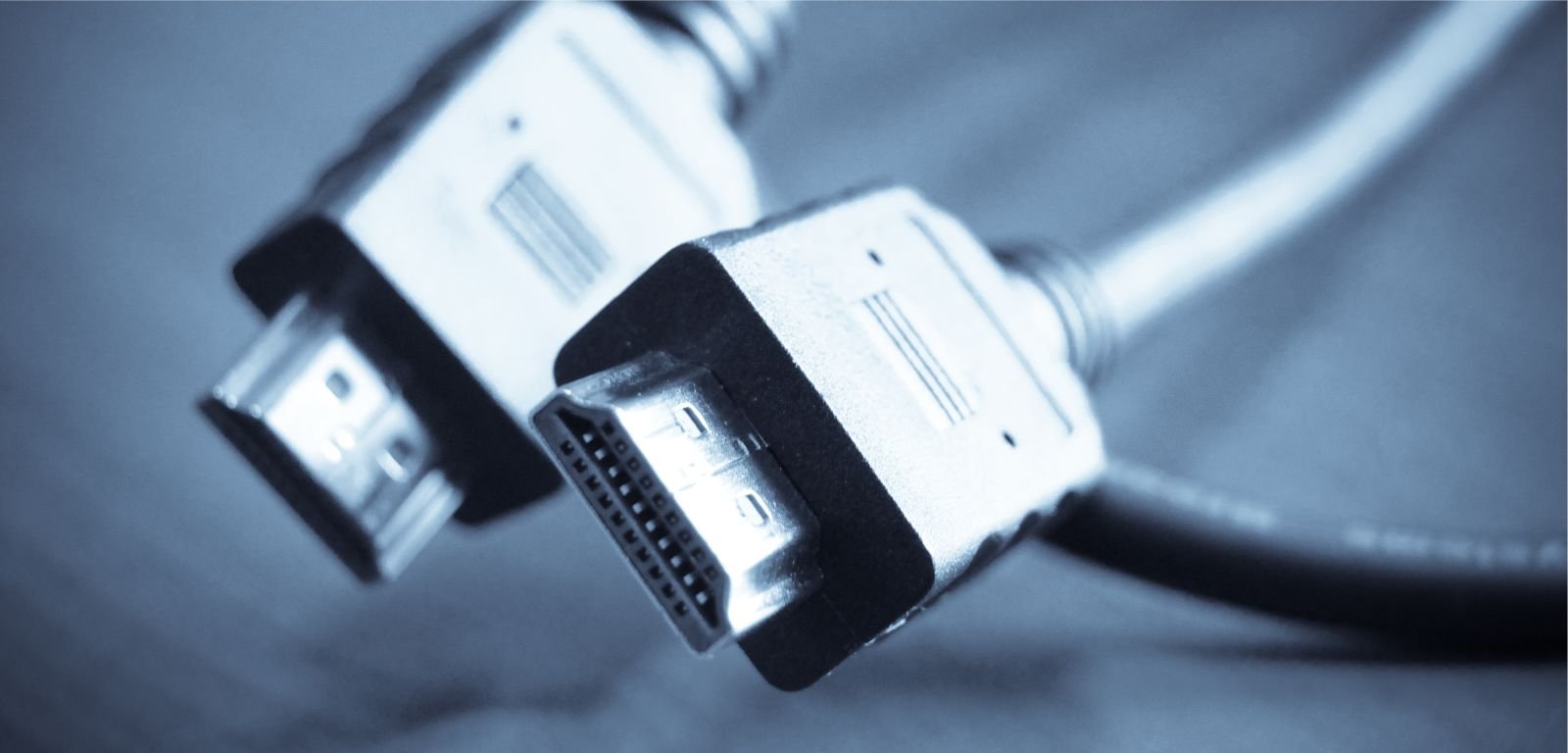16 November 2021
On the market there are different types of cables that allow you to connect your laptop to an additional monitor or TV. It is a very convenient and practical solution. It will be appreciated by graphic designers, programmers and people who like to watch movies and TV series on the big screen. However, in order to properly connect two devices with each other, a special cable is necessary. The most common cables are HDMI or DisplayPort.

What is a DisplayPort?
In simple terms DisplayPort is an interface that allows the transmission of digital data. Some people call it the successor of HDMI because, like the HDMI cable, it allows the transmission of both video and audio in high quality. Additionally, it is worth mentioning that DisplayPort allows bidirectional transmission, at the same time.

DisplayPort advantages
An undoubted advantage of this type of interface is the possibility of creating combinations with the most commonly used connectors of personal computers. Therefore, we can encounter cables with configurations of DisplayPort connector with HDMI, VGA, DVI and USB-C. It is also important to note that DisplayPort offers great bandwidth. The most popular version 1.3 allows for high-resolution video transmission, as much as 8K. DisplayPort also offers 4K display at 120Hz refresh rate, which is likely to be appreciated by many gamers. The latest version 1.4 has even better display capabilities. 8K at 60Hz refresh rate, and at 4k, up to 240Hz. However, this is an option that will only be of interest to those who have high quality hardware that allows them to view the image in such a high resolution.

DisplayPort generations
DisplayPort has had 4 generations, with significantly different parameters. These include:
- DP 1.0-1.1a available since 2006, guaranteeing a bandwidth of 8.64 Gbit/s, Quad HD (QHD) resolution at 75 Hz, Full HD (FHD) at 144 Hz, 4K at 30 Hz,
- Since 2010, customers have been able to purchase DP 1.2-1.2a with 17.28Gbit/s and resolutions of QHD at 75Hz, FHD at 144Hz, and 4K at 30Hz,
- DP 1.3 has a higher bandwidth of 25.92 Gbit/s, Quad HD and Full HD at 240Hz, 4K at 120Hz, 8K at 30Hz,
- the latest generation DisplayPort 1.4 (from 2016) has 32.4 Gbit/s throughput, QHD and FHD resolution at 240 Hz refresh rate, 4K at 120 Hz (with DSC), 8K at 30 Hz (60 Hz with DSC).

Is there an HDMI?
HDMI (High-Definition Multimedia Interface) cable is a well-known cable that allows the transmission of high quality multimedia such as video and audio. It appeared on the market in 2003 and since then has been one of the most popular cables for data transmission. It is a very popular solution which allows to connect monitors and TV sets with game consoles, DVR and Blu-ray players, desktop computers or laptops. Most multimedia devices available on the market already have a built-in HDMI port.

Advantages of HDMI
The great advantage of HDMI is its accessibility, ease of use and versatility. One HDMI cable can replace up to 11 other cables. Not only are different cable lengths available, but also numerous connector combinations. We can meet, among others, such connections as: HDMI with USB type C and HDMI with DVI. What is more, the quality of transmitted sound and image through such a cable is very high, even with a cable length of 10 meters. Depending on the generation we can expect different bandwidths and real capabilities of the cables. Until now, as many as 5 HDMI generations have been created:
- from 2003, HDMI 1.0-1.2a cable was available on the market, which offered a bandwidth of 3.69 Gbit/s and QHD resolution at 30 Hz, FHD at 60 Hz,
- from 2006, an HDMI 1.3-1.3c cable was available, offering 8.16Gbit/s throughput and QHD resolution up to 75Hz and FHD up to 144Hz,
- 2009-2011 saw the third generation 1.4-1.4b, which retained the 1.3-1.3a parameters and additionally offered 4K resolution at 30 Hz,
- the penultimate HDMI 2.0-2.0b model, available from 2013, guaranteed 14Gbit/s throughput, QHD resolution at 240Hz, and FHD at 240Hz, 4K at 60Hz,
- the latest HDMI 2.1 has 42.6Gbit/s, QHD and FHD resolutions at 240Hz, 4K at 120Hz, 8K at 60Hz, and 10K at 30Hz.

Differences between DP and HDMI – what to look out for?
When choosing connectors, adapters or cables for your computer, the specification of the equipment, your needs and the capabilities of the device you want to use are very important. When analysing technical aspects, it is worth to pay attention to 4 important issues:
- The bandwidth of the cable, i.e. the maximum capacity provided by the interface. In the case of the latest version of HDMI it is 42.6 Gbit per second. DP in versions 1.3 and 1.4 offers a throughput of 25.92 Gbit per second.
- Audio class. Both DisplayPort and HDMI cables offer comparable audio quality.
- Maximum resolution and picture quality. Users most often choose HDMI 2.0 and DP 1.4. Both cables perfectly cope with 4K resolution, but it is worth mentioning that DP in this version has a higher refresh rate, which will probably be appreciated by professional gamers.
- Cable length without sacrificing quality. This is a very important feature. HDMI offers a cable length of up to 10 metres with no loss of quality. DisplayPort, on the other hand, guarantees a maximum bandwidth of up to 3 metres.

Which to choose? HDMI or DisplayPort?
Both solutions have many advantages. However, the final choice should be based on your individual needs. If you care about the highest image quality and high refresh rate then DisplayPort seems to be a better choice. However it is worth to know that the latest HDMI 2.1 also has excellent parameters and will provide a perfect image quality. However, if you plan to connect a projector at school or at home, HDMI 2.0 will meet your expectations 100%.
If you still have doubts and do not know which solution will be good for you, please contact one of our representatives. We will be happy to answer all your questions and help you choose the perfect equipment for your needs.
